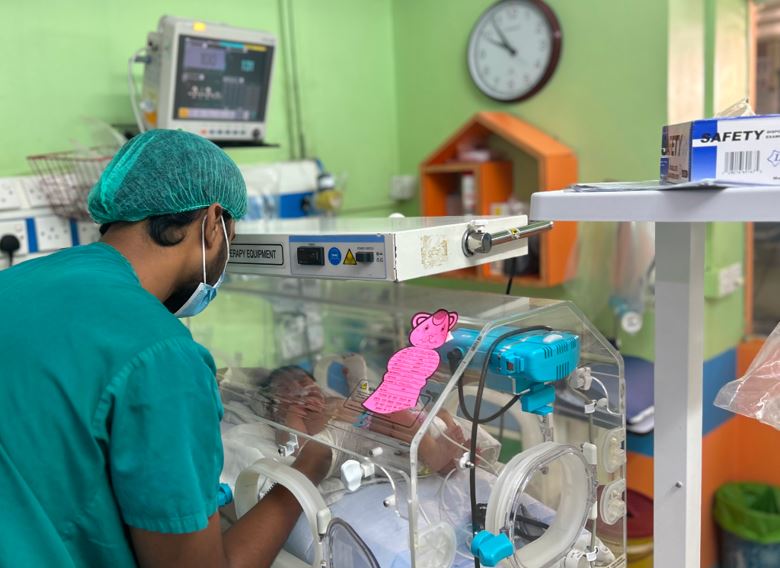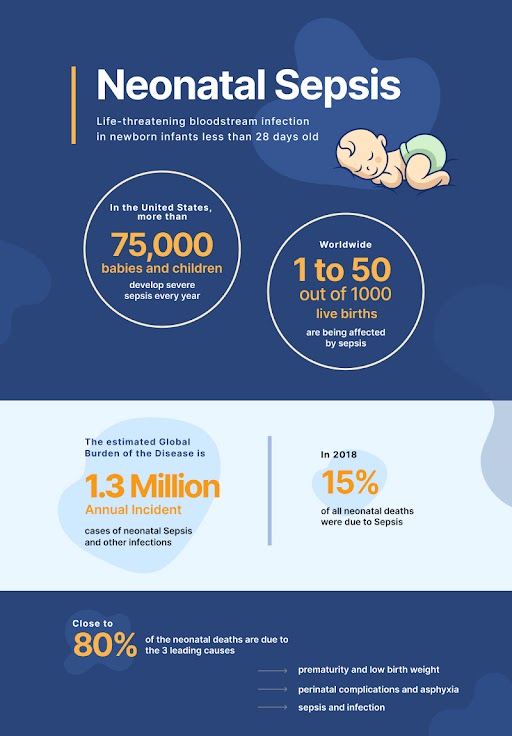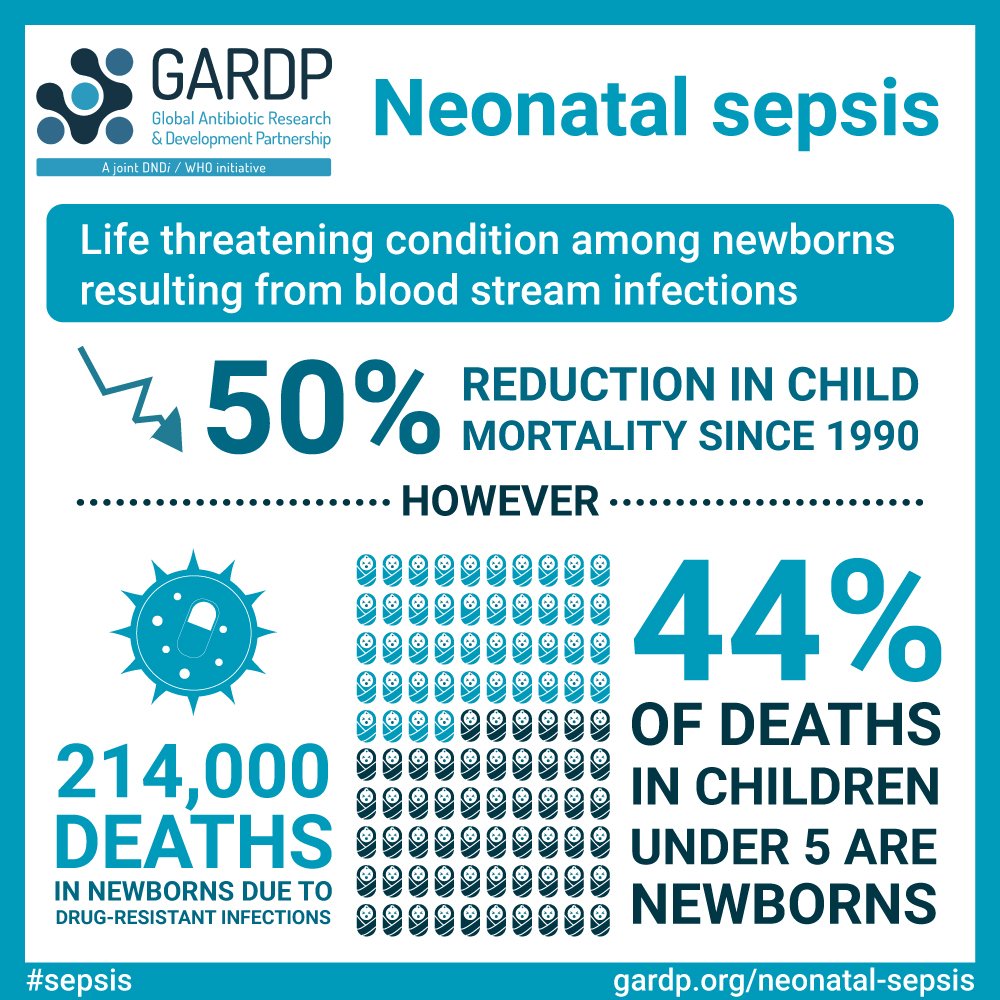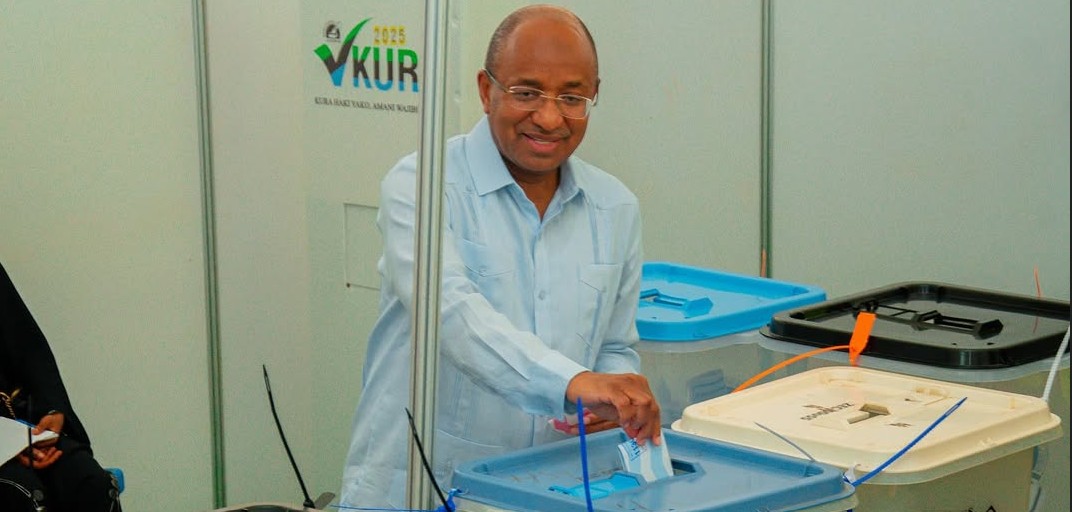Neonatal Sepsis: The major driver of infant mortality globally

Sepsis in newborns, or neonatal sepsis, is a serious medical condition that occurs when a baby younger than 28 days old has a life-threatening response to an infection according to experts.
The latest Lancet publication reveals that Neonatal sepsis remains one of the key challenges of neonatal medicine, and together with preterm birth, causes almost 50 per cent of all deaths globally for children younger than 5 years.
Sepsis in newborns, or neonatal sepsis, is a serious medical condition that occurs when a baby younger than 28 days old has a life-threatening response to an infection according to experts.
More To Read
- How birth poop and infections can put newborn babies’ lives in serious danger
- New study reveals why young mothers in Kenya are at higher risk of preterm births
- MPs alarmed by soaring caesarean births, demand overhaul of maternal care in Kenya
- New hope for mothers as WHO unveils life-saving guidelines to tackle postpartum haemorrhage deaths
- Vaccines and motherhood: Are AI-generated health messages working in Kenya and Nigeria?
- Over 6,000 Kenyans join global run in Nairobi to raise awareness on maternal deaths
The Lancet stresses that advancements in reducing neonatal sepsis have been notably sluggish, particularly in low-resource settings where the burden of morbidity and mortality from neonatal sepsis is most severe.
"The challenge in diagnosing neonatal sepsis stems primarily from the lack of a universally accepted definition specific to newborns. This creates significant obstacles in clinical practice, research, and healthcare management, leading to issues such as diagnostic inconsistency, varied data collection methods, surveillance discrepancies, and the potential for inappropriate treatment, misallocation of healthcare resources, and shortcomings in educational efforts," explained The Lancet.
Lancet notes that lack of specific symptoms of neonatal sepsis and the limitations of the current standard diagnostic method, blood culture, there is a critical need for advanced diagnostic techniques to ensure accurate and necessary antimicrobial treatment.
“While antimicrobial therapy and supportive care remain essential in treating neonatal sepsis, enhancing basic neonatal care through education and quality improvement efforts is vital to prevent sepsis from occurring in the first place,” said Lancet.
According to the National Library of Medicine, Neonatal sepsis persists as a significant contributor to illness and death in infants, particularly in middle and lower-income nations.

It is categorized into early-onset sepsis (EOS) or late-onset sepsis (LOS) depending on whether symptoms appear within 72 hours or 7 days after birth, respectively. This article outlines the management and assessment of neonatal sepsis, emphasizing the collaborative efforts of healthcare teams in caring for affected patients.
Kenyan statistics
In Kenya, neonatal sepsis contributes to 22 deaths per 1,000 live births and accounts for 16 per cent of all neonatal deaths, making it a significant factor in infant mortality. The country's overall neonatal mortality rate is 22 deaths per 1,000 live births, with rural areas experiencing 21 deaths per 1,000 live births and urban areas 26 deaths per 1,000 live births. These figures fall short of the United Nations' target of reducing neonatal mortality to 70 per 100,000 live births by 2030, as reported by UNICEF. Prematurity (25 per cent) and sepsis (16 per cent) are identified as the leading causes of neonatal deaths in Kenya.
A study titled “Prevalence and Predictors of Neonatal Sepsis among Neonates Admitted at the Newborn Unit of Kenyatta National Hospital, Nairobi, Kenya" in 2020 highlights the burden of neonatal sepsis.
The study focused on neonatal sepsis and identified several critical findings:
Neonatal sepsis was prevalent in 28.6 per cent of neonates admitted to the hospital's newborn unit, highlighting its significant burden.

Other Topics To Read
Factors such as being a single mother, maternal history of urinary tract infection (UTI), premature rupture of membranes (PROM), and maternal Anaemia during pregnancy were identified as increasing the risk of neonatal sepsis.
Prematurity, low Apgar score at five minutes after birth, and a history of invasive procedures in neonates were found to independently contribute to the risk of neonatal sepsis.
These findings highlight the multifactorial nature of neonatal sepsis, emphasizing the importance of targeted interventions addressing both maternal health during pregnancy and neonatal care immediately after birth to reduce the incidence and impact of neonatal sepsis in hospital settings like Kenyatta National Hospital.
Neonatal infections, primarily bacterial in origin such as pneumonia, sepsis, and meningitis, contribute to over 550,000 neonatal deaths annually worldwide. Preventive measures, early diagnosis, prompt care-seeking behaviour, appropriate antibiotic treatment, and follow-up care are crucial in averting most of these deaths.
Early diagnosis requires the timely recognition of clinical signs, symptoms, and syndromes. According to the World Health Organization (WHO), Possible Serious Bacterial Infection (PSBI) is the most critical clinical syndrome in low and middle-income countries (LMICs), where an estimated 6.9 million episodes occur annually among infants aged 0-59 days.
Symptoms of neonatal sepsis can vary widely but typically include temperature instability (either fever or hypothermia), respiratory problems such as rapid breathing or difficulty breathing, cardiovascular issues like rapid heart rate or low blood pressure, neurological signs such as irritability or seizures, gastrointestinal symptoms like poor feeding or vomiting, skin changes such as pallor or jaundice, and other signs like unexplained jaundice or bleeding issues such as petechiae or bruises.
These symptoms can develop rapidly and may be subtle in newborns, emphasizing the importance of early recognition and immediate medical evaluation for timely treatment with appropriate antibiotics to improve outcomes.
Top Stories Today













































